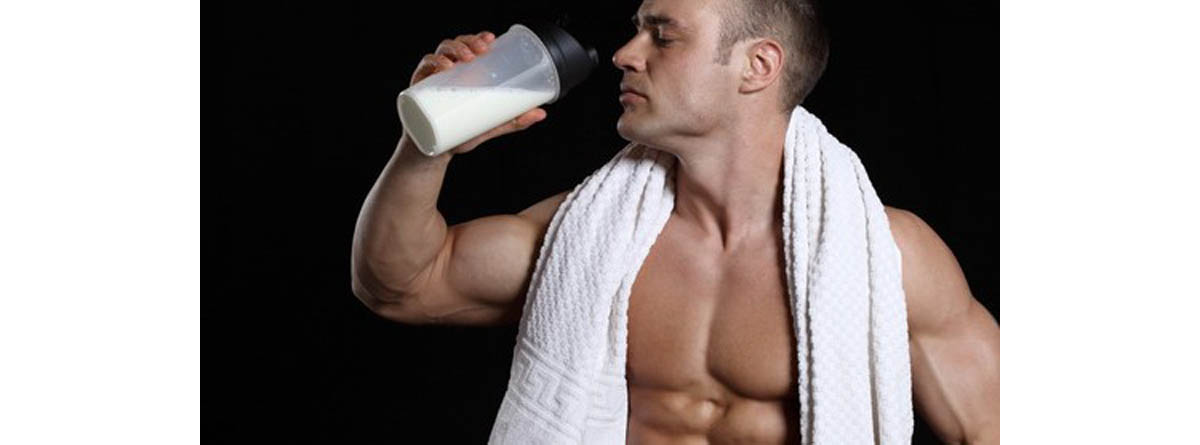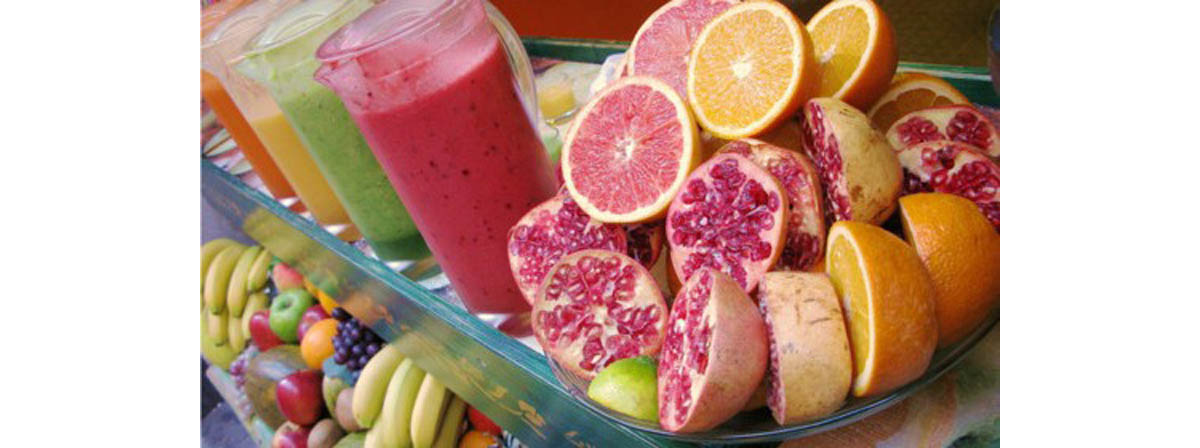Mention protein to someone and the conversation is likely to turn to bodybuilding, muscle building and how eating too much protein will kill your kidneys.

Unfortunately, there’s a huge myth surrounding protein, in that it’s only important for those looking to bulk up, and that high protein foods such as steak, eggs and protein shakes should be avoided, or at least limited by the general population. You might have read the odd article in a fitness magazine regarding high protein diets having a positive effect on weight loss, but it probably just advised eating an extra chicken breast here and there, or swapping your fruit for a handful of almonds at snack time.
But your protein intake could just be the most important change you make in your diet.
Protein’s main role is to build and maintain muscle mass. When you train hard, and particularly when you lift weights, your muscle tissue breaks down and develops tiny micro-tears. For these tears to repair and regrow bigger and stronger than before, you need an adequate supply of protein.
Each protein molecule contains 20 amino acids, and it’s these amino acids that are responsible for building new cells.
Pretty important then, right?
It takes your body longer to digest protein than it does fat and carbohydrate, meaning you stay feeling full and burn more calories in the process when you eat extra protein.
In essence, without protein, you’d die.
The government’s recommended daily allowance (RDA) for protein are 56 grams for men and 46 grams for women.
Most people will hit this easily. Consider that a small chicken breast has around 25 grams of protein an egg has 7 grams and even your bowl of morning cereal with milk has around 10 grams, it’s really not difficult to hit these targets.
The trouble is, these targets are set at the minimum amount needed to avoid disease and malnutrition. Clearly, while you do want to avoid these, you don’t just want to avoid certain death – you want to look great, feel fit and get in the shape of your life.
This is why you need more protein than the government’s RDAs.
Talk to one hundred different experts and you’ll probably get 100 different answers on how much protein intake is optimal for losing fat and building muscle. Common recommendations range anywhere from 0.6 grams per pound (for sedentary people looking to maintain muscle mass or competing in endurance events) to 3 grams per pound for bodybuilders in a bulking phase, or those on a ketogenic diet, where carbs are kept low so protein is increased to compensate.
Breaking all of this down and looking at it with no agenda, it seems that a sensible amount of aim for is 1 gram of protein per pound of body-weight each day.
This may well be slightly more than you’re used to, as Western diets are typically very high in carbohydrates (around 60 to 70 percent carbs,) contain a moderate amount of fat and very little protein. We don’t tend to eat much protein until the evening either, as breakfasts are based around grains in the form of bread, pastries and cereals, lunch tends to be a sandwich or fast food, chips and candy for snacks, with a meager portion of chicken, red meat or fish for dinner.
Increasing your protein intake my feel like a challenge at first, but it’s easy once you know how.
Implementing High Protein Foods And Considerations
It can feel like a struggle to increase your protein intake and break away from the high carb, low protein mindset, but here are some examples of how you can increase your protein intake throughout the day:

Breakfast
- Whole eggs, either boiled, scrambled or poached, or made as an omelet with added chopped ham, chicken or low-fat cheese for an extra protein kick.
- A frittata made with whole eggs, egg whites, or a mixture of both.
- Natural, no added sugar or fat Greek yogurt with mixed berries and a small handful of nuts, such as almonds, walnuts, cashews or pistachios.
- Lean grilled bacon or turkey bacon.
- Even switching from white toast to whole-grain, or sugary kids cereals to something like oats, or a bran cereal will take your protein count up a little.
Lunch
- If you opt for a sandwich, make sure it has a meat or fish filling.
- The same rule applies if you eat pasta – meat, fish or another protein-filled food are a must.
- Better still, go for a salad with plenty of protein-packed toppings. Chicken, turkey, cold beef, salmon, ham, tuna and mackerel are all great in salads.
- If you’re a veggie, add beans, legumes or low-fat cheese to your salad. You could also make a lentil or chickpea-based soup, or have some cold frittata left over from breakfast.
Dinner
- The deal here is the same as lunch. Cut down on your carbs (rice, pasta, bread, potatoes, etc.) and stock up on extra protein. Dinner is a fantastic time to experiment, so try different protein sources you haven’t had before, such as buffalo, bison, liver, bream, fresh tuna steaks or seafood.
Snacks
- Protein shakes are easy, convenient, cheap, and a quick 25 gram protein hit.
- Cold deli-style meat is a refrigerator essential.
- Go for jerky if you don’t have anywhere to store cold meat.
- Cottage cheese is a high protein snack essential if you can stomach the texture.
Concerns
According to nutritional scientist Dr. Layne Norton, high protein diets do not cause heart disease, liver or kidney damage or bone loss in otherwise healthy people. If you’ve had a liver or kidney issue in the past you may need to take a step back on the protein front, but this is something you should discuss with your doctor.
- "Myths Surrounding High Protein Diet Safety"
- By Dr. Layne Norton
- Published on August 16, 2012
- Accessed on April 20th, 2013
- Retrieved from http://www.biolayne.com/uncategorized/myths-surrounding-high-protein-diet-safety/
- Photo courtesy of Gilberto Gibac by Picasa : picasaweb.google.com/lh/view?q=proteins+bodybuilding&uname=109008901828086469253&psc=G&filter=1#5783360318872888898
- Photo courtesy of Arya Ziai by Flickr : www.flickr.com/photos/aryaziai/8732000457/


Your thoughts on this